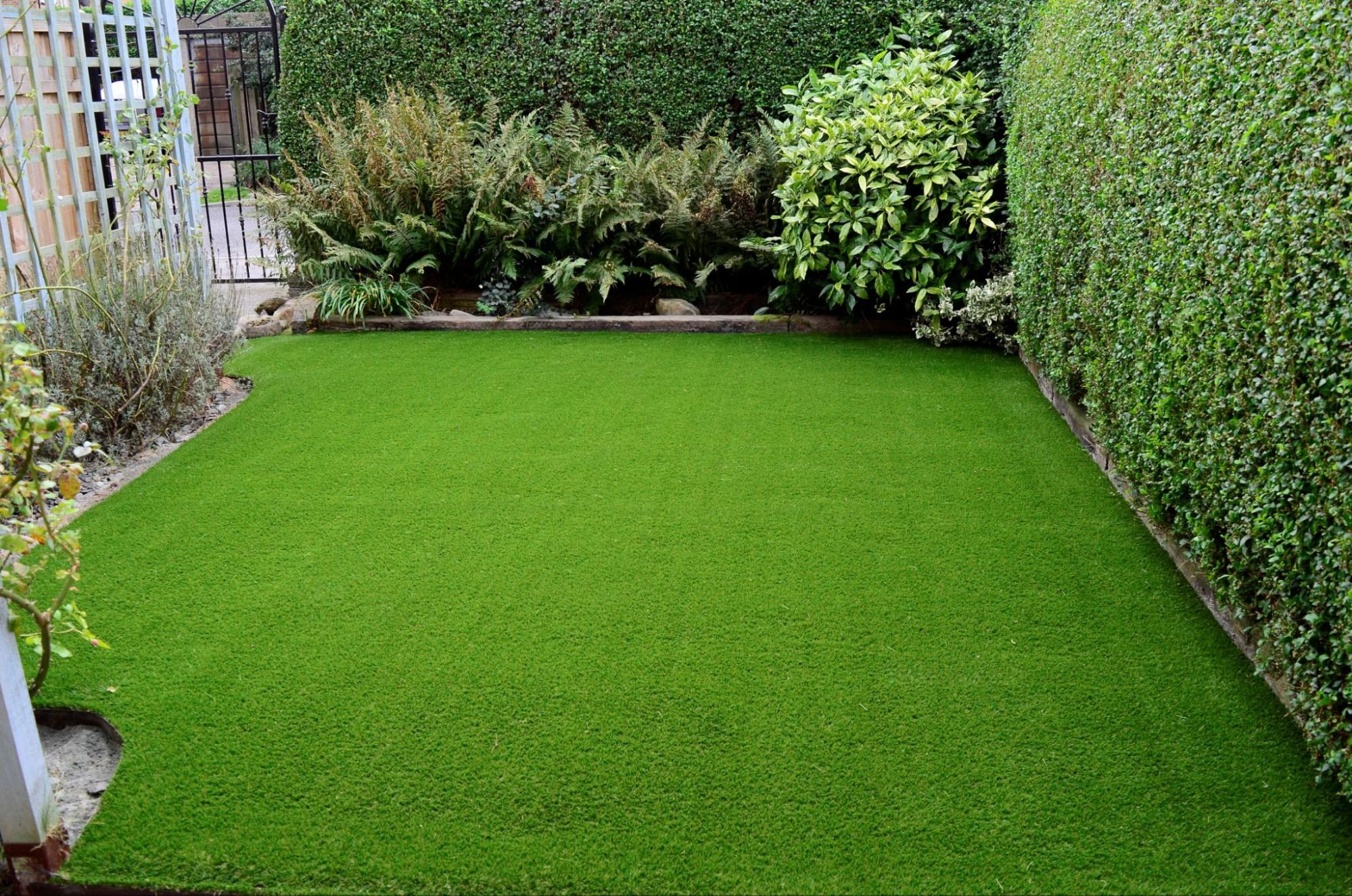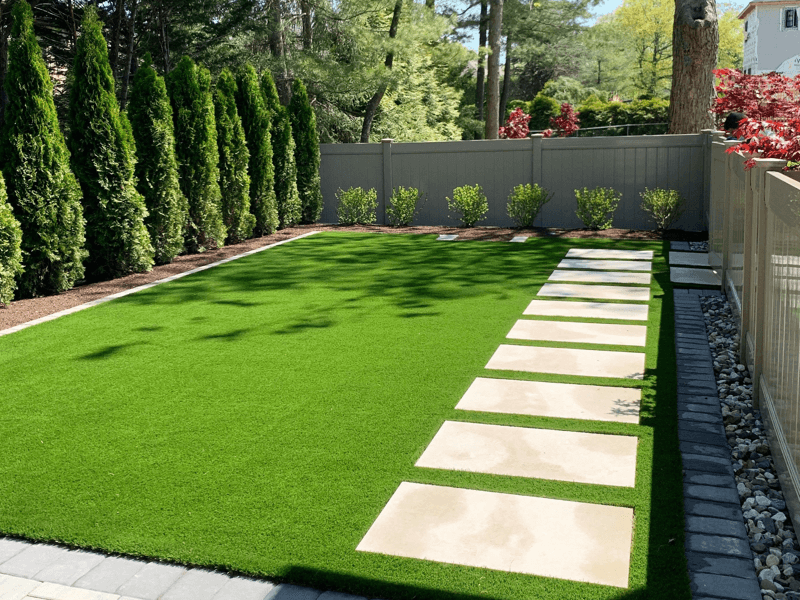High-Quality Arizona Turf Installation Solutions for Residences and Businesses
Delve Into the Environmental Benefits of Opting for Synthetic Grass Solutions
The fostering of synthetic grass services provides an engaging opportunity to address pushing environmental obstacles. By considerably lowering water use and decreasing the application of damaging chemicals, these alternatives not just promote sustainable landscape design however additionally safeguard neighborhood ecological communities. In addition, the reduced carbon impact connected with decreased upkeep tasks adds to a more sustainable approach to land monitoring. Nevertheless, the effects of these advantages prolong beyond plain conservation initiatives, increasing questions concerning their lasting effect on habitat conservation and overall eco-friendly balance. Discovering these measurements discloses a complicated interplay worth considering.
Water Conservation Advantages
Among one of the most substantial benefits of artificial turf is its capability to save water. Typical grass lawns require substantial irrigation, especially in areas prone to drought or water restrictions. On the other hand, synthetic grass does not need watering, considerably decreasing the general demand for water resources. This feature is particularly useful in deserts where water scarcity is a pressing concern.
By removing the need for normal watering, synthetic turf adds to sustainable landscape techniques and assists mitigate the environmental impact of too much water consumption. In addition, the preservation of water encompasses the reduction of overflow, which can cause dirt disintegration and waterway contamination.
Additionally, the installment of synthetic lawn permits home owners and municipalities to allocate water resources much more effectively, focusing on necessary usages such as alcohol consumption water and agriculture. The shift towards man-made lawn not just promotes accountable water use but also lines up with wider ecological objectives intended at preserving natural resources.
As areas significantly focus on sustainability, the water conservation benefits of synthetic grass present an engaging case for its adoption in business and property landscaping projects.
Reduced Chemical Usage
The change to man-made turf considerably decreases the dependence on chemical therapies frequently utilized in natural grass upkeep. Typical grass monitoring commonly entails the application of herbicides, fertilizers, and pesticides to promote development and control bugs. These chemicals can position threats to human health and wellness, regional wildlife, and the setting, contributing to dirt and water contamination.
On the other hand, synthetic grass removes the requirement for these hazardous materials. Once set up, it requires very little maintenance, primarily being composed of regular cleaning and occasional infill replenishment. This reduction in chemical use not just benefits the instant setting but likewise adds to wider eco-friendly stability. By lessening the launch of synthetic substances right into the environment, synthetic grass advertises much healthier dirt and water supply.
Moreover, the absence of chemical runoff connected with man-made lawn installments helps safeguard regional waterways from contamination, supporting water life and keeping biodiversity. Artificial turf companies phoenix. As areas increasingly prioritize sustainable methods, deciding for synthetic grass presents a feasible solution that straightens with environmental conservation goals. With this change, building proprietors can appreciate lavish environment-friendly rooms without jeopardizing environmental health and wellness, leading the way for an extra lasting future
Lower Carbon Footprint

Furthermore, the setup of fabricated grass can result in significant water conservation. All-natural grass need significant quantities of water for irrigation, which not just includes in the carbon footprint connected with water removal and treatment yet likewise pressures local water resources. In comparison, artificial lawn needs minimal maintenance, needing no watering, thus considerably decreasing water usage and its linked energy prices.
In addition, the longevity of synthetic grass contributes to its reduced carbon impact. With a life-span of approximately 15 years or more, the requirement for regular replacements is diminished, causing less waste and reduced power usage in production and throwing away traditional yard choices. In general, synthetic grass provides a sustainable choice for ecologically conscious landscaping.
Habitat Conservation
Environment preservation is a crucial consideration in the debate over landscaping selections, specifically when comparing synthetic grass to natural yard. All-natural turf lawns typically need comprehensive upkeep, consisting of using herbicides, fertilizers, and pesticides, which can adversely influence neighborhood ecological Read More Here communities. These chemicals can seep into the soil and rivers, harming indigenous vegetation and fauna and disrupting neighborhood environments.
In contrast, synthetic grass presents a possibility to reduce the ecological footprint of landscape design. By opting for synthetic turf, house owners can minimize the interruption of natural habitats related to conventional grass treatment practices. Synthetic grass gets rid of the demand for dangerous chemicals, thereby securing nearby wildlife and keeping the integrity of bordering environments. Moreover, the setup of artificial grass can bring about the conversion of former turf locations right into more biodiverse landscapes, such as pollinator gardens or native plant locations, which can sustain local wildlife.
Inevitably, the shift to synthetic grass not just saves water and minimizes maintenance efforts but additionally cultivates an extra harmonious relationship between human Full Report tasks and the natural surroundings, promoting environment preservation while doing so.
Long-Term Sustainability
Long-term sustainability is a vital consider examining the advantages of artificial lawn over standard turf lawns. Among the most significant advantages of synthetic grass is its sturdiness; it can last as much as 15-20 years with minimal upkeep, whereas natural grass calls for regular reseeding and replacement. This longevity minimizes the requirement for constant resources, such as water, plant foods, and pesticides, which are important for keeping a healthy yard lawn.
In addition, synthetic grass adds to a decrease in carbon emissions connected with lawn care tools. Conventional grass typically require gas-powered mowers, leaners, and blowers, all of which add to air pollution. Turf installation phoenix az. On the other hand, synthetic grass gets rid of the requirement for such tools, promoting a cleaner atmosphere
In addition, the production of synthetic grass increasingly uses recycled products, improving its sustainability account. As producers embrace eco-friendly methods, the ecological impact of man-made turf proceeds to diminish.

Verdict
The adoption of fabricated lawn options presents significant environmental benefits, consisting of substantial water preservation, lowered reliance on hazardous chemicals, and a reduced carbon footprint. Additionally, man-made lawn aids in preserving natural environments by lessening land disruption and promoting long-term sustainability with the use of sturdy products. Collectively, these aspects underscore the capacity of artificial lawn to add positively to ecological health and wellness and provide a viable alternative to traditional landscape design methods in an increasingly resource-conscious world.
In contrast, man-made turf does not require watering, significantly decreasing the total demand for water resources. By lessening the launch of artificial compounds right into the ecological community, synthetic grass promotes healthier dirt and water systems.
Moreover, the installation of artificial grass can result in substantial water preservation. In comparison, man-made turf requires marginal maintenance, requiring no watering, thereby dramatically decreasing water use and its associated power expenses.
